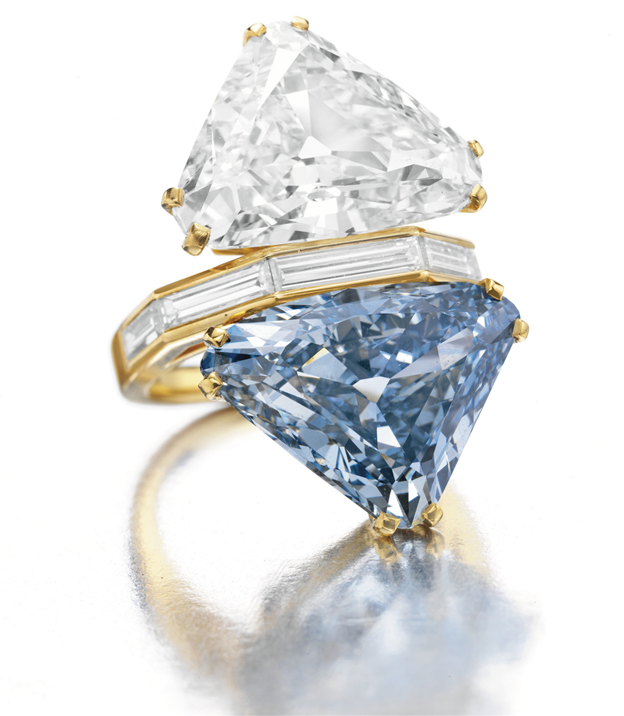The Economics of Diamonds
January 31, 2012 in Daily Bulletin

In 1982 Atlantic Magazine took a look at the Diamond market and wrote that “It is conservatively estimated that the public holds more than 500 million carats of gem diamonds, which is more than fifty times the number of gem diamonds produced by the diamond cartel in any given year… The moment a significant portion of the public begins selling diamonds from this inventory, the price of diamonds cannot be sustained.” How did diamonds occupy such a prominent space in our culture? Here are some highlights from an article that looked at the earliest history of the diamond market and subsequent developments over the decades:
- Diamonds have no intrinsic value beyond their scarcity and so the discovery of new diamond mines in 1870 caused existing diamond producers to band together and form a cartel called De Beers.
-
The huge influx of supply meant that De Beers had to find a way to ensure that diamonds were never resold. Some measures that they took to (successfully) accomplish this include:
- De Beers relentlessly exploited the latest advancements in mass media such as motion pictures and televisions by having stars and idols market the diamonds for them.
- The British Royal Family was used to foster the romantic allure of diamonds.
- De Beers associated their diamonds with unique works of art made by artists such as Picasso and Dali to emphasize that their products were unique and invaluable.
- Lecturers visited high schools and gave talks about diamonds and engagement rings, guiding the romantic expectations of millions of young girls around the United States.
- Newspapers were provided with descriptions of the latest diamonds worn by movie stars in an effort to enhance the desirability of the diamonds.
- After successfully penetrating the American market De Beers looked to expand its reach to other countries. Its initiatives in Japan were the most successful. The cartel managed to overturn 1,500 years of Japanese wedding tradition by associating diamond engagement rings with a modern, western life.
To read more about how DeBeers worked with the Soviet Union to sell African diamonds to American women, why thieves are likely to avoid stealing them, what the Great Diamond Crash might look like, and the subtle psychology reminiscent of Victorian-era novels that is involved in the gift of a diamond from a man to a woman, read the entire 7 page report here.
Source: The Atlantic
Join the Discussion! (No Signup Required)